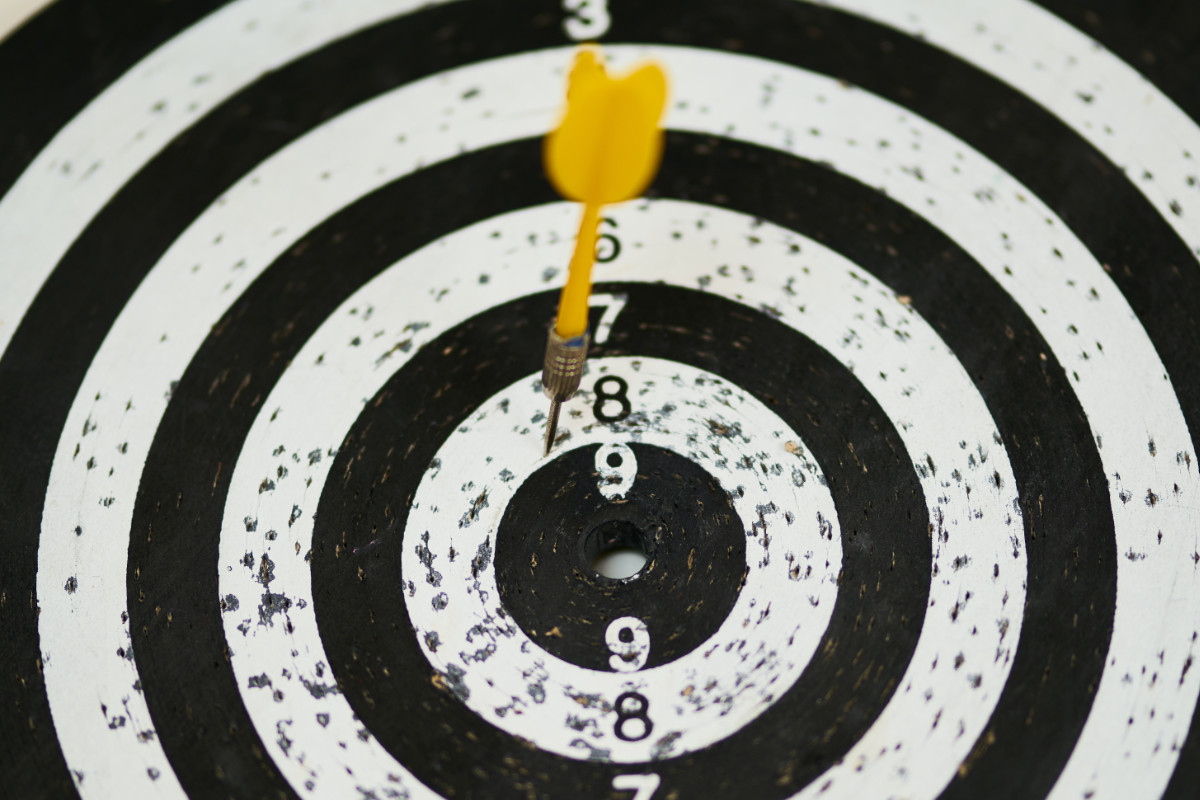Understanding the Throw Line Distance in Darts: Enhance Your Accuracy and Performance
Whether you’re new to the game of darts or a seasoned player looking to sharpen your skills, understanding the official distance of the throw line is essential for consistent and accurate performance. In this blog post, we will dive into the details of the throw line distance, its importance in the game, and key tips that can help improve your stance and aim for better results. By gaining a greater grasp on the throw line distance, you will not only enhance your understanding of darts as a sport, but also receive a boost in your overall performance and enjoyment of the game.
The Official Throw Line Distance in Darts
In professional and competitive dart games, the throw line distance, also known as the ‘oche’ or ‘hockey’, is a critical aspect of the game’s setup, as it directly impacts throwing accuracy and the overall darts experience. According to the rules outlined by the Darts Regulation Authority (DRA) and World Darts Federation (WDF), the official throw line distance for steel-tip darts is as follows:
- Horizontal distance from the face of the dartboard to the throw line: 7 feet 9¼ inches (237 centimeters)
- Diagonal distance from the center of the bullseye to the throw line: 9 feet 7½ inches (293 centimeters)
While playing soft-tip darts, which uses a slightly different dartboard and requires electronic scoring, the throw line distance is typically a bit longer. The National Darts Association (NDA) specifies these distances for soft-tip darts:
- Horizontal distance from the face of the dartboard to the throw line: 8 feet (244 centimeters)
- Diagonal distance from the center of the bullseye to the throw line: 9 feet 9⅜ inches (298 centimeters)
The Significance of the Throw Line Distance
The official throw line distance ensures that dart players across the world adhere to a standardized setup, creating a fair, consistent, and challenging playing field for everyone. This measurement guarantees that players are not too close to the dartboard, preventing easy throws and overly high scores. In turn, practicing and playing at the correct distance helps improve precision and consistency, ultimately making you a better darts player.
Tips for Setting Up Your Throw Line and Stance
To make the most of your darts experience and stay consistent with regulations, here are some key tips for setting up your throw line and maintaining a proper stance:
- Accurate Measurements: Use a tape measure to accurately measure the horizontal and diagonal distances from the dartboard (steel-tip or soft-tip) to the throw line. Ensure that you double-check these distances for maximum accuracy.
- Mark the Throw Line: Use a durable and visible object, like a raised ‘oche mat’ or a strip of tape, to mark the throw line on the floor. This will help you stay aware of your throwing position and avoid crossing the line as you throw.
- Find Your Stance: Experiment with different stances and foot placements to find the one that feels the most comfortable and stable. Ensure that your dominant foot is closest to the throw line and pointed in the direction of the dartboard for improved balance and accuracy.
- Keep Your Arm and Wrist Steady: Focus on maintaining a steady arm and wrist motion as you throw. Avoid jerking or twisting as you release the dart, as this can lead to inaccuracy and reduced control.
Conclusion
Understanding and implementing the official throw line distance in darts is an integral part of becoming a consistent, accurate, and successful player. By familiarizing yourself with the proper distance measurements and applying the tips provided in this blog post, you’ll be well on your way to making notable improvements in your game while adhering to international regulations. Remember, practice makes perfect, so keep honing your skills and enjoy the competitive and fun world of darts!



